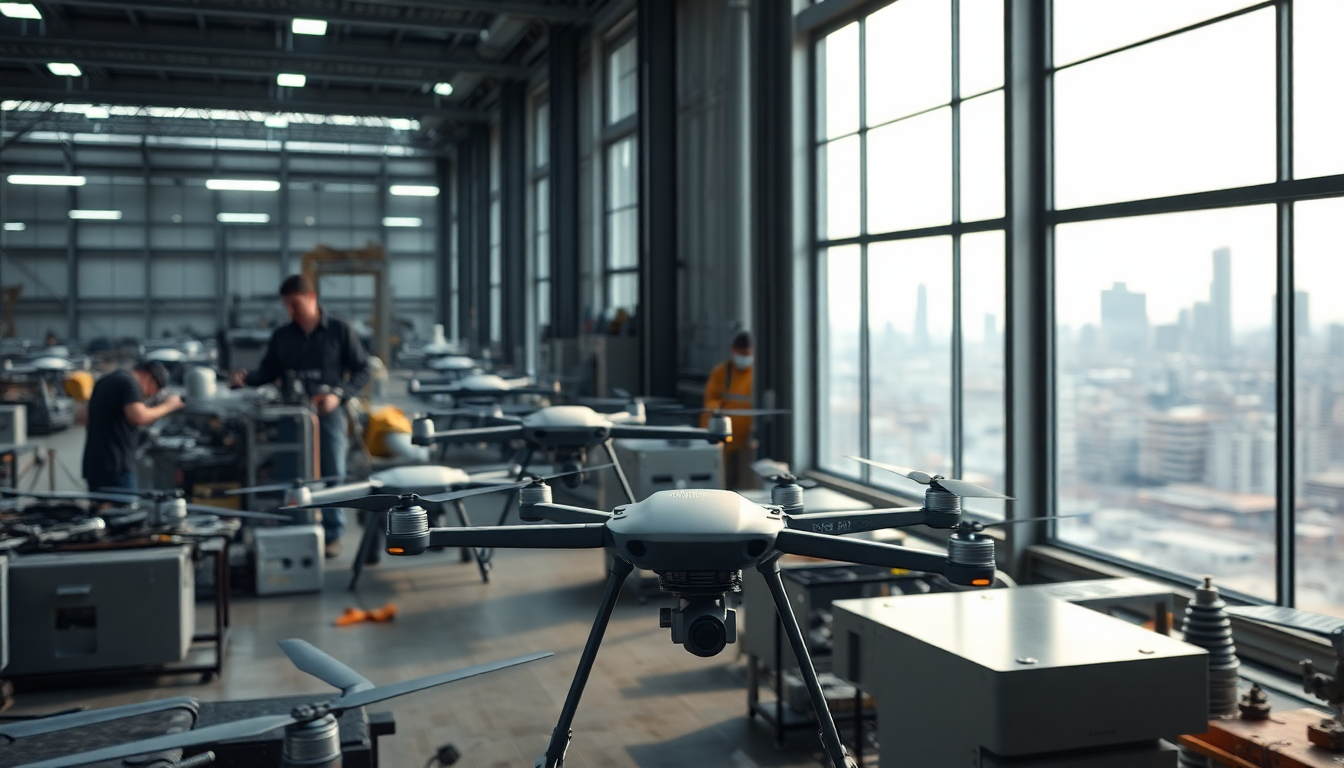Table of Contents
The global drone market is changing faster than ever, especially with the recent executive orders from the US government. These policies are aimed at countering China’s growing influence in this lucrative industry. But what does this mean for the market and its supply chains? For investors and stakeholders in the drone sector, understanding these shifts is becoming increasingly essential.
The Current State of the Drone Market
Recent analyses reveal that China has firmly established itself as a leader in drone manufacturing, capturing a hefty portion of the global market. Their impressive growth rates and cutting-edge technology are hard to ignore. As Chinese companies continue to push boundaries, the US faces the challenge of crafting effective strategies to lessen this impact. The recent executive order signals that Washington is serious about tackling these challenges, even if the road ahead is a bit bumpy.
However, disentangling Chinese products from established supply chains is no easy feat. With a limited number of non-Chinese manufacturers capable of delivering high-quality drones, the US has a tough job ahead. The economic ramifications are significant, and the threat of rising costs looms large. For investors and companies, navigating this evolving landscape requires a cautious approach, keeping both immediate and long-term implications in mind.
Analyzing the Implications of US Policy Changes
Some experts view the recent executive order as more of a strategic maneuver than a final solution. Industry insiders like Paul Nielsen from Proxim suggest it might serve as a bargaining chip to secure better outcomes for US manufacturers. But will these policies foster market stability or lead to inflated prices? With limited competition outside China, any restrictions on imports could hit businesses hard, and ultimately, consumers could feel the pinch too.
The intricacies of the global supply chain mean that any sudden shifts in procurement practices could ripple across the industry. Companies need to carefully assess their positions, weighing the risks of potential supply disruptions against the need to adapt to a more competitive landscape. As the US government pushes for greater domestic production, one question looms large: can American firms rise to the occasion?
Future Trends and Market Forecasts
Looking to the future, the interaction between US policies and China’s market presence will be crucial in shaping the drone industry’s trajectory. While the US may roll out initiatives to strengthen its domestic capabilities, robust competition from Chinese manufacturers is likely to persist. This ongoing rivalry could actually spur innovation and drive technological advancements, benefiting consumers and businesses alike.
In the medium term, stakeholders should stay alert to market changes, as shifts in trade policies and international relations could alter competitive advantages. Investors should keep a keen eye on developments in both the US and Chinese markets, ready to seize new opportunities as they arise. While challenges are on the horizon, the potential for growth and collaboration in the drone sector remains significant.


